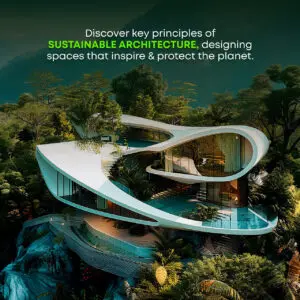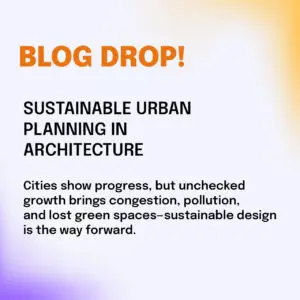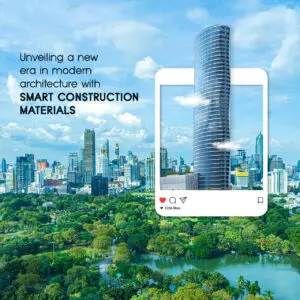
The human population is multiplying at a feverish pace. As a result, the demand for living spaces and their prices are becoming increasingly exorbitant. A study conducted by the United Nations predicts that the number of people residing in urban areas will escalate from 54% to 66% by the year 2050. With this tremendous pressure on housing and infrastructure, architects and city planners globally have been looking at ways to meet this demand. They have all come up with a unanimous solution: vertical growth.
What is vertical architecture?
In a nutshell, it is a modern, innovative architectural trend aimed at our metropolitan cities. At its core, this trend implies building upwards rather than outwards, emphasizing embedding social areas like shops, restaurants and even gardens into housing and commercial skyscrapers.
Modern architects believe that these aesthetically pleasing vertical cities will address the problems of increasing populations and rising house prices. Vertical living presents a more favourable solution against extending urban sprawl. Overcoming the challenge of rapid innovation in terms of both technology and building materials is the need of the hour.
Evolution of vertical living
Skyscrapers provide the earliest examples of aesthetically pleasing vertical buildings. The Home Insurance Building in Chicago, erected in 1885, is considered the first skyscraper. William Le Baron Jenney is regarded as the first person to push the vertical boundaries of architecture. The USA introduced the idea of vertical living to the contemporary world.
Louis Sullivan was considered the “Father of the skyscrapers” and “Father of modernism”. He demonstrated exceptional attention to detail which became characteristic of his work on tall buildings in the late 19th century. He influenced the vertical trend in the contemporary era.
The famous German architect Ole Scheeren is one of the foremost to evolve the unique concept of vertical architecture. His ‘Vertical Village’ project in Singapore bagged the World Architecture Festival Building of the Year award in 2015, setting the example for similar projects to be erected in the years to come.
Addressing increasing demand
Urbanization compels the encroachment on natural habitats. The increasing population has resulted in significant pressure on the property markets in most cities. Vertical city projects serve as an amicable way to offer people opportunities to reside in the city’s centre.
Building vertical prove to be an attractive proposition for commercial and residential markets. With the promise of intelligently designed spaces, vertical cities could mean less crowded and more affordable metropolitan living spaces across the globe.
Playing our role for a sustainable tomorrow
Since its inception in 2010, the NAAC-accredited and MAKAUT-affiliated OmDayal Group of Institutions has left no stones unturned to emerge as one of the leading architecture colleges in West Bengal. The institute boasts solid management, experienced faculty members and a robust learning environment.
In sync with global standards, the comprehensive full-time B.Arch course offered by us has been generating top-notch architects since its introduction in 2012. AICTE and COA approve the curriculum to ensure the students can build a solid foundation in the subject. The course aims to introduce the modern tenets in architecture education and propel a sustainable future.
We are also the first private architecture college offering M.Arch in Urban Development. Approved by COA, the two-year M.Arch course is entirely at par with global standards with a 20 seat allotment. We teach our students to seek novel and contemporary solutions in line with the modern tenets of architecture.
For more information, visit www.omdayal.com.




